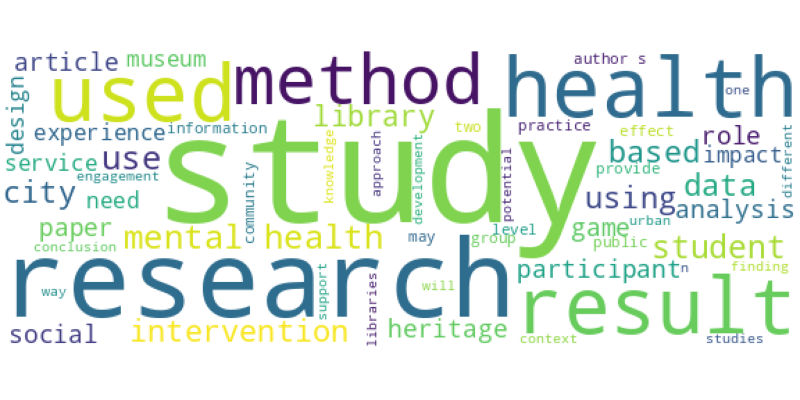| Id | 2462 | |
| Author | Thunström A.O.; Sarajlic Vukovic I.; Ali L.; Larson T.; Steingrimsson S. | |
| Title | Prevalence of virtual reality (VR) games found through mental health categories on STEAM: a first look at VR on commercial platforms as tools for therapy | |
| Reference | Thunström A.O.; Sarajlic Vukovic I.; Ali L.; Larson T.; Steingrimsson S. Prevalence of virtual reality (VR) games found through mental health categories on STEAM: a first look at VR on commercial platforms as tools for therapy,Nordic Journal of Psychiatry 76 6 |
|
| Link to article | https://www.scopus.com/inward/record.uri?eid=2-s2.0-85120570921&doi=10.1080%2f08039488.2021.2003859&partnerID=40&md5=9ad6a20bbd6f1ca49925d685215153ad |
|
| Abstract | Background: Immersive virtual reality (VR) games are increasingly becoming part of everyday life. Several studies support immersive VR technology as a treatment method for mental health problems. There is however little insight into the prevalence of commercially available VR games for treatment of mental health problems on commercial platforms such as STEAM, and to what extent they can be used as tools for treatment or add-on treatment of mental health problems. Objective: The aim of this study was to take a first look at the prevalence and overview of content of commercially available games. The games were found using search words related to psychiatric diagnosis or care. Methods: We performed a search for keywords related to symptoms, diagnosis, and treatment strategies of mental health problems. The search was performed November 2020 on STEAM. A scheme was created for elimination and inclusion of games, eliminating those games which were irrelevant to mental health or had triggering elements such as violence, excessive movement which could trigger nausea, horror and pornographic imagery. Results: In total, 735 hits were found, 565 unique games. After the games were reviewed for content via trailers, descriptions and screenshots, 32%, i.e. 182 games passed the inclusion criteria. Majority of the games which were excluded were either not connected to mental health, contained violence, adult content or were in other ways irrelevant or inappropriate. Conclusions: Commercial platforms are only at the beginning of the development towards therapeutic content. Currently the quality and usability for therapeutic use is scarce but holds great potential. © 2021 The Author(s). Published by Informa UK Limited, trading as Taylor & Francis Group. |
|
| Keywords | Humans; Mental Disorders; Mental Health; Prevalence; Virtual Reality; lysergide; psychedelic agent; Article; cognitive behavioral therapy; depression; hallucination; head movement; human; imagery; meditation; mental disease; mental health; mindfulness; nausea; phobia; pornography; prevalence; psychiatric diagnosis; psychiatry; psychology; software; support immersive virtual reality technology; telecare; videorecording; violence; virtual reality; mental disease; mental health |
Wordcloud:



